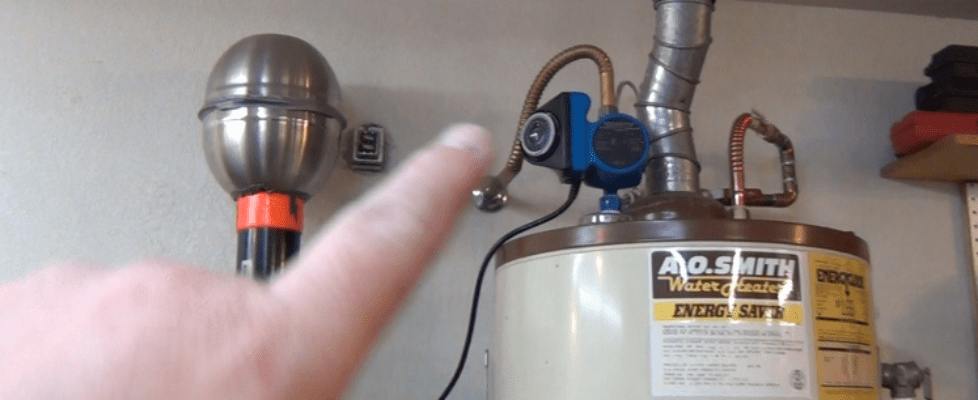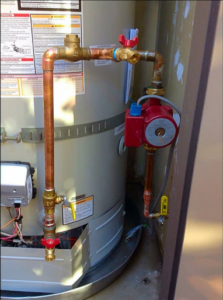What Is a Recirculation Pump and How Does it Work?
The hot water recirculation pump works by using a combination of gravity and mechanical energy. It speeds up the flow of hot water in the taps plus pushing cold water down the boiler. Recirculating pumps are the fixtures that are mostly found in hospitals, hotels or any other fancy establishments. The pumps ensure that there is always hot water for the users.
In the event that the hot water recirculating pump is not there, users will need to wait for the hot water to flow out of the tap leading to water wastage. When this issue accumulates, it becomes a major issue especially for the large business organizations in areas with water supply shortage. The recirculating pump minimizes or eliminates water wastage because the cold water in the pipes is sent back to the boiler for heating to take place.
How It Works
The recirculating pumps which are found in homes are centrifugal pumps, which are exclusively power-driven by electricity. For a typical pump, it has three major parts;
- Pump impeller
- Support bearings
- Motor rotor
The motor makes the impeller spin which will pull water and send it to the pipes. An impeller is a wheel which works like a turbine as it has bent blades. When the motor is on, the impeller generates a lot of revolutions, which sends cold water to the boiler for heating. At the same time, it pulls up hot water to fixtures. Water-repelling material is for protecting the motor components plus its parts.
The home circulating pumps are small enough to be set beside your plumbing system. On the other hand, the industrial type pumps are large in their make; their motors are set on a separate location that is away from the piping system.
The hot water system pumps are energy-efficient plus cost-efficient. They are power- driven by a motion sensor or a remote button which works when you are in need of hot water.


